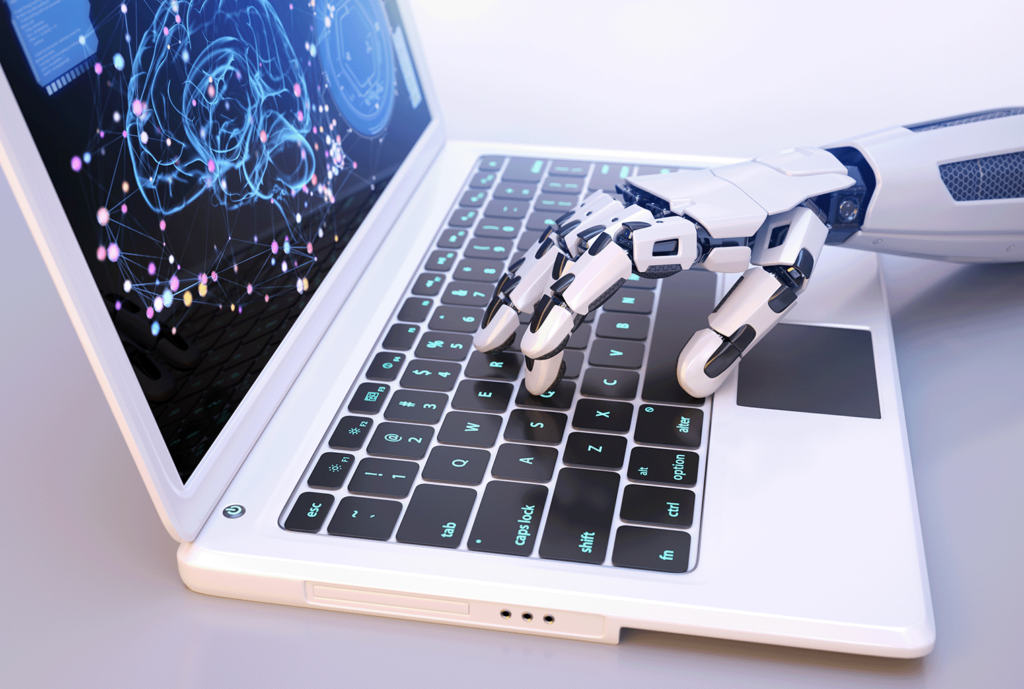AI vs. Humans – Promises and Concerns

Artificial Intelligence (AI) is a rapidly evolving field that holds immense potential for transforming various aspects of our lives. Let’s explore the concept of AI and different machine learning models. We will discuss the benefits and disadvantages of widespread AI adoption. Lastly, we will compare tasks in which AI excels versus those where humans excel, and examine the potential benefits of early adoption of AI technology by humans.
Understanding AI and Machine Learning Models
AI refers to the development of computer systems that can perform tasks typically requiring human intelligence. Machine learning, a subset of AI, focuses on algorithms that enable computers to learn from data and make predictions or decisions. There are several machine learning models, including:
- Supervised Learning: Algorithms are trained on labeled data to make predictions or classifications.
- Unsupervised Learning: Algorithms identify patterns and relationships within unlabeled data, uncovering hidden insights.
- Reinforcement Learning: Algorithms learn through trial and error, receiving rewards for desired actions and penalties for undesired ones.
Artificial Intelligence (AI) is a branch of computer science that focuses on creating intelligent machines that can perform tasks that typically require human intelligence. It involves developing algorithms and systems that can learn, reason, problem-solve, and make decisions on their own, similar to how humans do. AI enables machines to perceive and understand their environment, learn from experience, and adapt to new situations. It aims to replicate human-like intelligence and behavior, enabling machines to assist us, automate tasks, and solve complex problems.
ChatGPT AI when asked to Define AI in Simple terms


Benefits and Disadvantages of Widespread AI Adoption
Benefits of AI adoption
- Efficiency and Automation – AI can automate repetitive tasks, reducing human effort and enabling higher productivity.
- Enhanced Accuracy – AI algorithms can analyze vast amounts of data with speed and accuracy, minimizing human errors.
- Enhanced Accuracy – AI algorithms can analyze vast amounts of data with speed and accuracy, minimizing human errors.
- Decision Support – AI provides valuable insights and recommendations, aiding in complex decision-making processes.
Disadvantages of AI adoption
- Ethical Concerns – AI raises questions regarding privacy, bias, and the potential for job displacement.
- Lack of Human Judgment – AI may struggle with subjective decision-making, moral reasoning, and emotional understanding.
- Data Dependency – AI models require high-quality and diverse datasets, which can be challenging to obtain.
Comparison of AI and Human Abilities
AI excels at these tasks
- Data Analysis – AI algorithms can process large datasets quickly and identify patterns or anomalies.
- Repetitive Tasks – AI can automate routine and monotonous tasks, freeing up human resources.
- Predictions and Forecasting – AI models can make accurate predictions based on historical data.
Humans excel at these tasks
- Creativity and Innovation – Human ingenuity drives creative problem-solving, ideation, and innovation.
- Emotional Intelligence – Humans possess empathy, understanding emotions, and complex social interactions.
- Adaptability and Contextual Understanding – Humans can adapt to new situations, understand nuances, and exercise judgment based on context.
Potential Benefits of Early AI Adoption by Humans
- Increased Efficiency and Automation. AI can automate repetitive tasks, leading to higher productivity and resource optimization.
- Enhanced Accuracy. AI algorithms can process and analyze vast amounts of data quickly and accurately, minimizing human errors.
- Decision Support. AI can provide valuable insights and recommendations, assisting in complex decision-making processes.
- Data Analysis and Pattern Recognition. AI excels at analyzing large datasets, identifying patterns, and uncovering hidden insights that may not be apparent to humans.
- Predictions and Forecasting. AI models can make accurate predictions based on historical data, assisting in areas such as demand forecasting, financial predictions, and risk assessments.
- Task Offloading. AI can handle routine and monotonous tasks, freeing up human resources to focus on more complex and creative work.
- Innovation and Creativity Support. AI can act as a tool for humans, aiding in ideation, problem-solving, and generating innovative solutions.
- Efficient Resource Utilization. AI can optimize processes, such as energy consumption, logistics, and resource allocation, leading to improved efficiency and sustainability.
- Augmenting Human Abilities. AI can complement human capabilities by providing additional insights, analysis, and decision support.
Conclusion
AI technology presents both advantages and disadvantages, underscoring the importance of collaboration between AI systems and human capabilities. Embracing AI as a tool to augment human intelligence can allow early adopters to harness its potential to drive innovation, increase productivity, and address complex societal challenges. The key lies in understanding the strengths and limitations of AI while nurturing the unique abilities that make us human. A balanced approach can pave the way for a future where AI and humans collaborate harmoniously for the betterment of society.
This Video was created using AI tools.


 English
English 

























